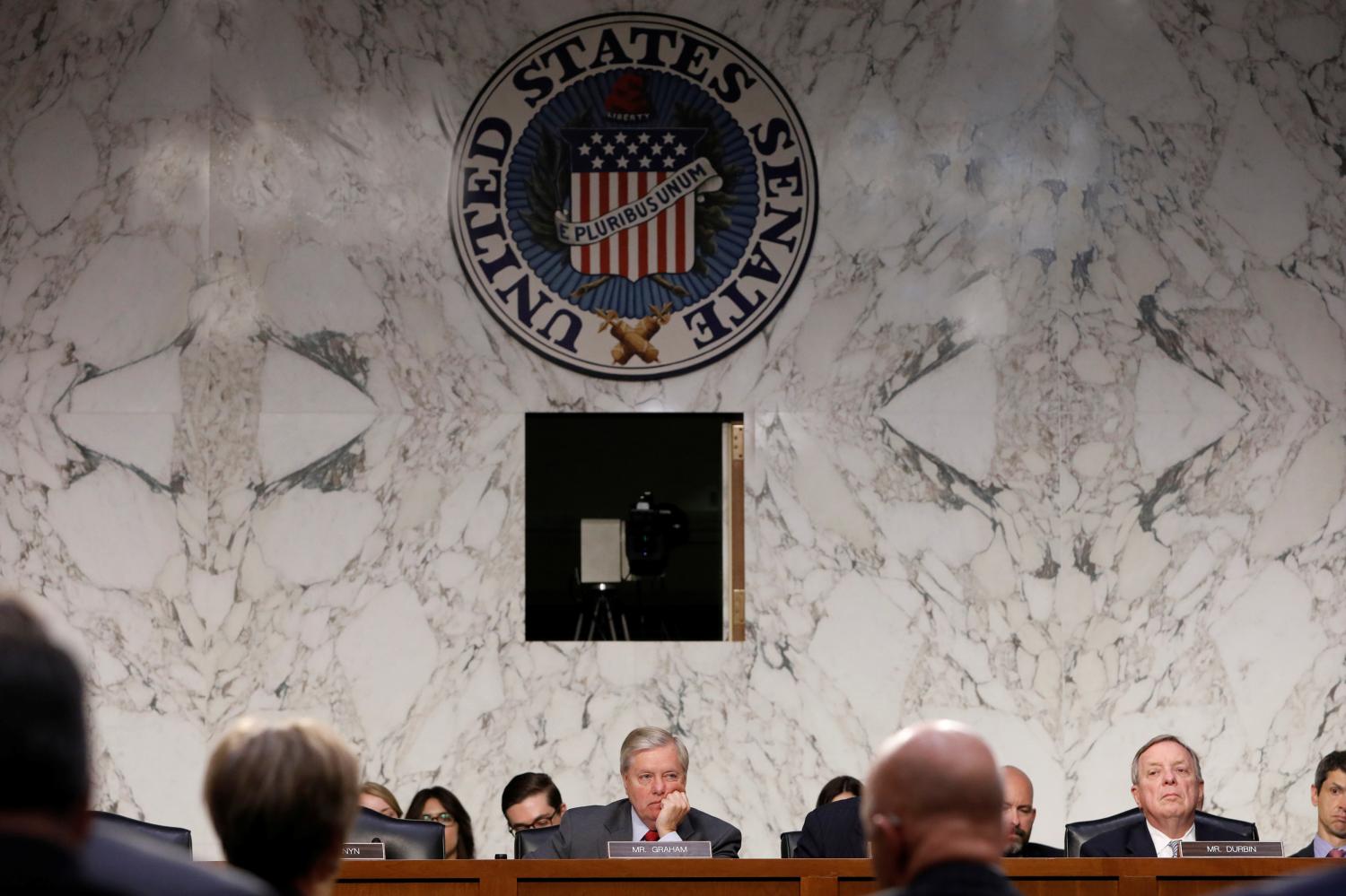In recent years, Congress has found it increasingly difficult to complete the budget process on time, including the first step in the process: adopting a budget resolution, which provides a broad blueprint for government revenue and spending for the upcoming fiscal year. Congress has failed to adopt a budget resolution nine times since 2001, and went five consecutive years without finishing a budget resolution between 2010 and 2014.
In this paper, Brookings Fellow Molly Reynolds examines the obstacles that impede easy adoption of a budget resolution in the Senate. She writes, “While basic partisan dynamics have certainly contributed to Congress’s difficulties with adopting a budget resolution, there are also challenges that make working on a budget resolution difficult, especially in the Senate.”
Reynolds, a Congressional scholar, focuses her analysis on the unintended consequences that many Senate rules, procedures, and evolving norms have had on the first step in the budget process. Specifically, she points to the various ways in which senators’ freedom to introduce amendments or otherwise generate “credit-claiming” opportunities throughout the legislative process has declined in recent years.
“As senators’ ability to offer amendments on other bills becomes more limited,” Reynolds writes, “we should expect them to respond by offering more amendments in the rare chances they are given to do so—like the budget resolution.”
The problem, however, is that the mechanism for offering amendments to the budget resolution—the “vote-a-rama”—is an unpopular one that leads senators to complain about considering the measure. After the Senate expends its maximum of 50 hours of debate on the budget resolution, senators may continue offering amendments to the bill; however, these amendments generally receive just 30 seconds of debate from each side, followed by a ten-minute vote. As Senator Susan Collins put it in 2015, the purpose of the vote-a-rama is often “to simply make the other side cast uncomfortable votes.”
While senators have come to disdain deliberating over the budget resolution, they also rely on it as a vehicle for achieving various personal and partisan political goals. According to Reynolds, “Accounting for this tension is key in proposing reforms to the procedures for floor consideration that, while not a panacea for all that ails the budget process in the contemporary Congress, do have the potential to improve over the status quo.” She concludes by identifying and analyzing the merits of several such reforms.




